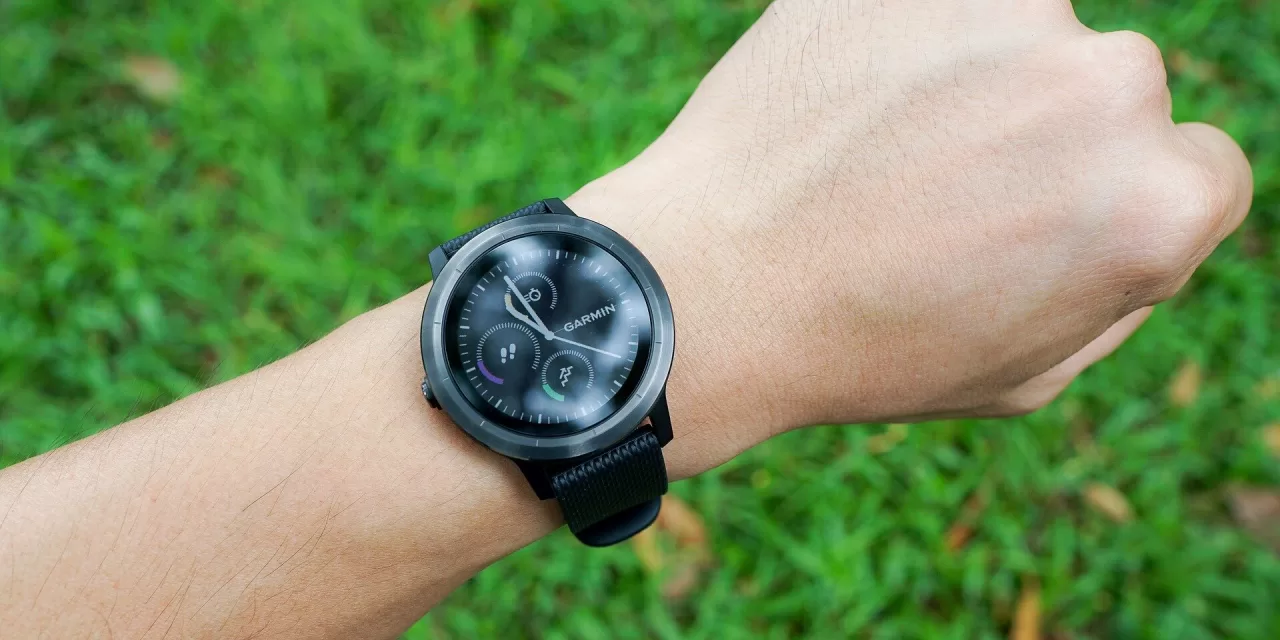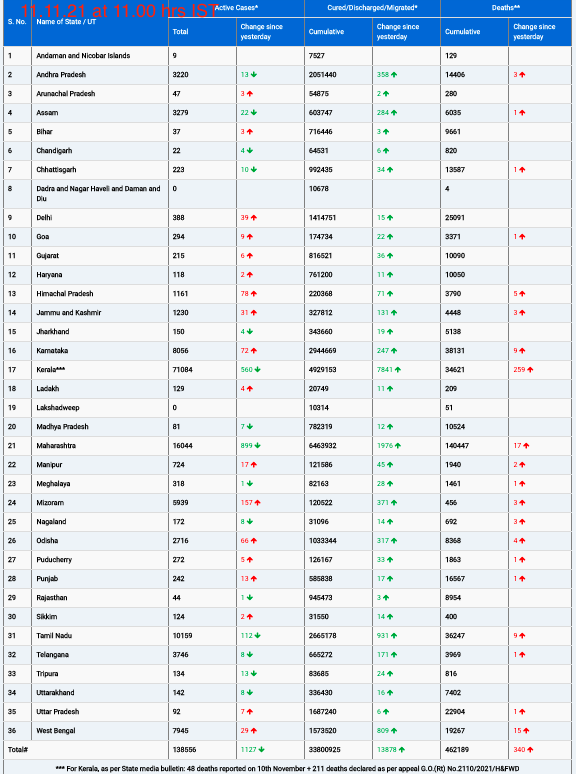A recent study suggests that mobile technology, including wearable devices and smartphone apps, could play a vital role in the self-management of chronic obstructive pulmonary disease (COPD). The study, published in COPD: Journal of Chronic Obstructive Pulmonary Disease, explored the experiences of 26 adults who used a smartwatch and a smartphone app over six months to help manage their condition. The findings reveal both the potential benefits and the challenges of integrating technology into COPD care.
Self-Management and COPD
COPD, a progressive lung disease, significantly impacts the quality of life and often leads to frequent hospitalizations due to exacerbations. Self-management strategies, including regular exercise, medication adherence, and monitoring of symptoms, are essential for managing the disease effectively. However, data on the use of mobile technology to support these strategies have been limited.
Dr. Robert Wu, Associate Professor in the Department of Medicine at the University of Toronto, led the study to understand how patients with COPD perceive the use of wearable devices and apps for disease management. “The motivation for this study was to understand the patient perspective on using wearables to help support their chronic lung condition,” Wu stated. He emphasized that individuals with COPD are often at high risk of hospitalization, making it crucial to explore whether innovative technologies like wearables and remote monitoring can offer support.
Study Findings: Benefits and Barriers
Participants in the study were provided with a smartwatch and a smartphone preloaded with a COPD management app. The app offered various features, including daily reminders for medication, guided breathing sessions, blood oxygen level checks, and a symptom questionnaire. Additionally, it allowed users to log their exercise routines and provided feedback on heart rate and daily activity, rewarding them with stars for meeting exercise goals.
The researchers identified four main themes from their interviews with the participants: information, support and reassurance, barriers to adoption, and opportunities for improvement. Most participants found the app’s feedback useful, particularly in providing reassurance about their health during exercise, which encouraged adherence to regular exercise routines. About 65% of the participants found the daily exercise reminders motivational, while 20% used the vital data, such as heart rate, to gauge when to slow down.
However, some features were less valued. For instance, 69% of participants found the medication reminders redundant, as they already had other reminders in place. Additionally, technical difficulties and the bulkiness of the device were significant barriers to effective use. Participants suggested improvements such as incorporating more health metrics like food intake, weight, blood pressure, and temperature, as well as restoring the oxygen saturation feature that had been disabled due to accuracy concerns.
Challenges and Future Directions
The study’s findings underscore the potential of mobile technology to support COPD management, but they also highlight significant challenges. The small sample size and focus on early technology adopters limit the generalizability of the results. Additionally, the recruitment of most participants during the COVID-19 pandemic may have influenced their experiences, particularly concerning communication with healthcare providers.
Dr. Wu noted that while the study demonstrates the potential value of wearable devices, there are concerns about increasing the “digital divide.” Patients with lower digital literacy, financial constraints, or language barriers may struggle to access and benefit from these technologies.
Looking ahead, Dr. Nathaniel Marchetti, Medical Director of the Respiratory Intensive Care Unit at Temple University Hospital, emphasized the need for further research. “More information is needed to determine if the use of an app to monitor heart rate, symptoms, and oxygen saturation could alter important outcomes in COPD, such as exacerbations,” Marchetti said. He also pointed out that future devices should be easy to use and integrate with patients’ own smartphones to improve accessibility and adherence.
The study, supported in part by Samsung Research America and the National Natural Science Foundation of China, represents an important step toward understanding how mobile technology can be harnessed to improve COPD management. However, more extensive research is needed to evaluate the impact of these technologies on clinical outcomes and to develop strategies that ensure equitable access to these innovations.












